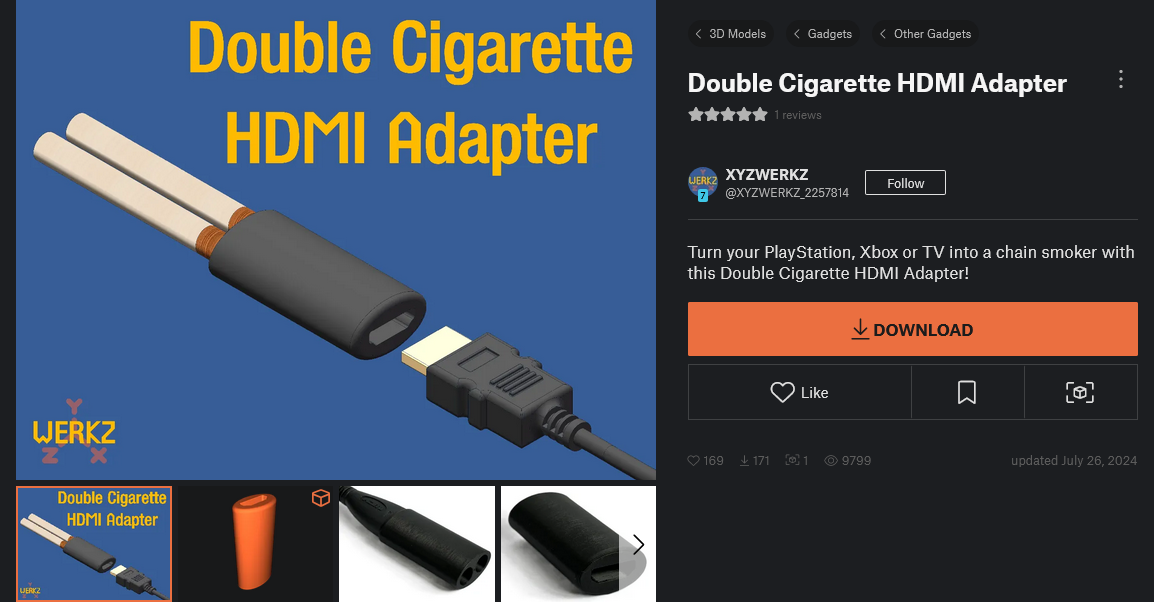

IPv6 has temporary IPs for privacy reasons. NAT is NOT a firewall. Setting up a real firewall is more secure and gives you more control without things like UPNP and NAT-PMP.


IPv6 has temporary IPs for privacy reasons. NAT is NOT a firewall. Setting up a real firewall is more secure and gives you more control without things like UPNP and NAT-PMP.


I still have my IPv6 sage shirt somewhere.
You should rather find out why things break with IPv6. The best time to make IPv6 work is now.


Why should I use IP6 in my small home network?
Or in an SMB where there are less than 100 IP’s used on a daily basis?
First I have to pay the cost of transition, along with the risk of things not working while I do this, and then the risk of something new being added and not working.
You can transition step by step. Dual Stack is a thing.
IP6 is good for backbone right now. It will slowly transition into LAN for larger environments (think Enterprise when they setup new network segments, since they’re buying new hardware anyway. But only after extensive testing.
That makes no sense to me. Every network in itself doesn’t need IPv6. The 10.0.0.0/8 range has 16 777 216 addresses. IPv6 only makes sense if everyone uses it. We bought ourselves time with NAT and CGNAT and splitting up older ranges but that won’t last forever and is costly.
Everyone needs to transition otherwise services will need to keep their IPv4 forever. And if the services keep their IPv4 users don’t have an incentive. Maybe we should transition BEFORE there is time pressure. Now is the time to slowly start setting everything up with enough time to plan and test firewall rules and appliances and everything else.


IPv6 after so many years still is a victim of the chicken-egg-problem. People don’t need it because services don’t support it because people don’t need it because … and so on and so forth. I try to enable IPv6 wherever I can and I didn’t have a propblem for ages. Dual stack is stable and there are actually a good amount of services that support it.
I think we should all push to implement IPv6 so that IPv4 can finally be laid to rest. Using IPv4 makes everything a bit more expensive because it is so damn expensive to get a stupid number. If someone is really scared that every computer has a publicly routable IP, and if you really think you can not configure a firewall, there is a private IPv6 space and you can use NAT with IPv6. It’s not recomended but it’s possible. I’d still say using a firewall is not harder and just as safe.
And there is the fact that you can make so many subnets which can make your internal network so much safer. You can controll better how packages are sent to groups because broadcast was dropped in favor of multicast. There is IPSec Support built in. Secure Neighbor Desicorvery to prevent attacks like ARP spoofing. There are a lot of reasons to implement IPv6 and even to switch to IPv6 only if possible.


Most people don’t want to pay for AI. So they are building stuff that costs a lot for a market that is not willing to pay for it. It is mostly a gimmick for most people.


Why do you want to disable updates? Just don’t. It’s unsafe. For you and others.


I’d consider btrfs if they finally make their raid5/6 implementation stable. I want to work with multiple disks without sacrificing half of my storage.


I think the idea of prusa is cool but I feel like they are a bit behind. Especially regarding price to performance. That is what I gathered from the reviews at least. They are pretty reliable but not the latest and greatest tech.


Don’t misunderstand me. I am very impressed by the performance of the Bambu printers. They really kicked gave the established brands a kick in the butt price and performance wise.
Still it makes me uneasy to have a closed source system. I don’t mind butting some effort into my printer if it is more open. I mean my ender 3 is a lot of work. I’d assume it gets better than that.


I don’t have the space for two printers. But I think too that at some point upgrading makes sense. The Ender 3 is nice to tinker but I want something that just works.


Then post some please.
The double cigarette HDMI Adapter is also great:

https://www.printables.com/model/954886-double-cigarette-hdmi-adapter


I don’t see how they can recover from that. They will get lawsuits from all around the world.


If I’m not mistaken you can save keys in these chips so that they can not be extracted. You can only use the key to encrypt/decrypt/sign/verify by asking the chip to do these operations with your key.


Germany does tip sometimes. But mostly we round up to the next thing that feels right. For me it is usually between 1-5€, but I never tip a percentage or use the tip option on a payment terminal. Sometimes I just don’t tip. It is never a problem. It is a bonus not a necessity here.


Depending on your jurisdiction it is probably your responsibility to enforce your copyright. I can always just record your music off a streaming platform. You can attach a license to your song in funkwhale (see this). If you want DRM for your music then funkwhale is probably also not for your. You still have to enforce your self that nobody monetizes your works if you don’t allow it. You can delete things from the fediverse if you know the source but I don’t think funkwhale allows DRM protected music.
If you attach a license to your works that doesn’t allow monetization and they monetize the app you can sue them. I doubt they will though. And they probably wouldn’t be very successful because the app and the server are open source. You could just build the app without monetization. And someone probably would.
The upload and sharing copyrighted music probably falls into the hands of the instance admin. As with PeerTube it is probably not a good idea to have open signups. But everyone has to make sure that doesn’t happen.
The fediverse is an open and very liberal space. If you want full control over your works it is probably not for you. No software with federation probably is. If you want and need to control over your works (which is legitimate) you need something with a tighter grip, maybe host the things yourself on your server with DRM. That doesn’t mean it is bad for everyone.


I am unsure if I understand you correctly. Funkwhale is for you to publish music or other audio you make yourself. Not for your commercial music library. And the software itself is under the GNU AGPLv3. You can host the software yourself on your own server or you join an instance of someone else. Just like lemmy, mastodon or all the other fediverse projects.
I am very happy with Kagi. Can recommend. In the end someone has to pay for the service. With Kagi I know I don’t pay with my data but with money.